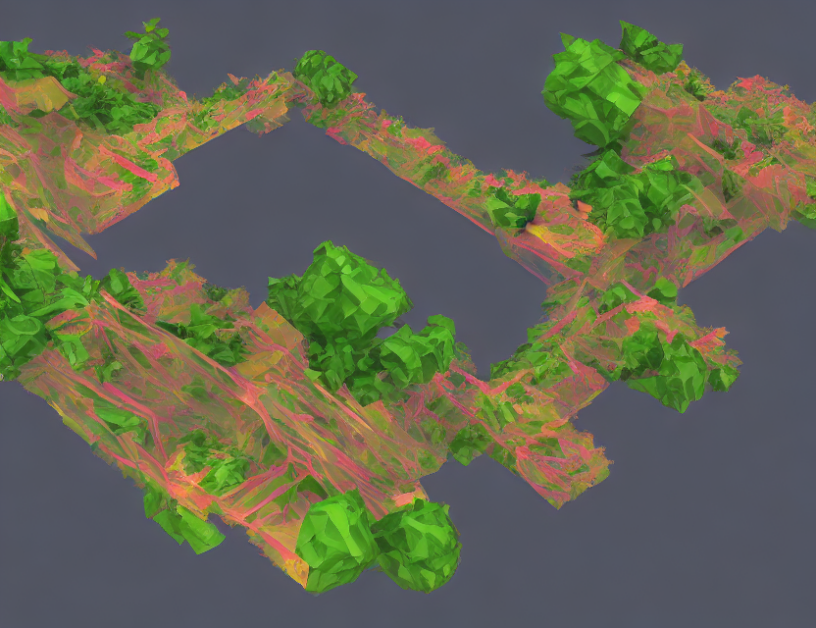In this article, we will delve into the world of score-based models for generating data, specifically diffusion-based generative models. These models have gained significant attention in recent years due to their impressive capabilities in generating high-quality images and videos. However, training these models can be a complex and time-consuming process, often requiring large amounts of computational resources and extensive expertise.
To address these challenges, we propose a novel approach called "model distillation." This technique involves compressing the diffusion model into a smaller and more efficient version while preserving its generative capabilities. By approximating internal representations within the diffusion network using lower-resolution parts of the network, we can reduce the computational cost of training while maintaining the quality of the generated images.
Our proposed method can be seen as a combination of two axes: reducing the required computation per step and reusing the representations from previous sampling steps. We make several contributions to achieve this goal, including approximating internal UNet representations using lower-resolution parts of the network and performing classifier-free guidance distillation.
The key advantage of our approach is that it can be trained in less than a day on a single NVIDIA® Tesla® V100 GPU, without requiring access to an image dataset or additional computational resources. This makes it particularly useful for applications where speed and efficiency are crucial, such as real-time image generation or video editing.
To better understand the concepts involved in this article, let’s consider a metaphor: thinking of a diffusion model as a clockwork machine. Just as a clockwork machine requires intricate gears and springs to function properly, a diffusion model needs complex neural networks and computations to generate high-quality images. By compressing the diffusion model into a smaller version, we can liken it to taking apart a complex clockwork machine and reassembling it with fewer, more efficient parts.
In conclusion, our proposed method for model distillation offers a promising solution for training score-based models like diffusion-based generative models. By reducing the computational cost of training while preserving the quality of the generated images, we can make these powerful tools more accessible and practical for a wider range of applications.
Computer Science, Computer Vision and Pattern Recognition
Fast and Focused: Efficient Diffusion Models for Text-Guided Image Generation



